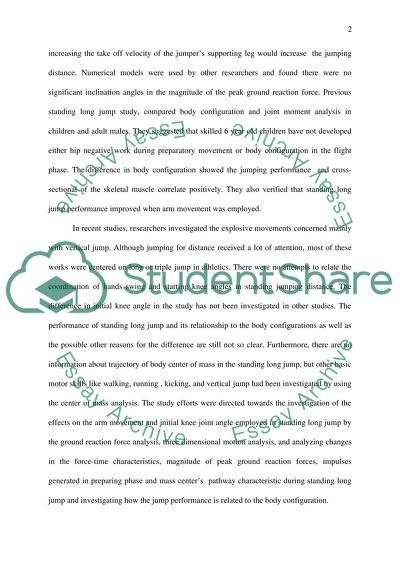Cite this document
(“Standing Long Jump Essay Example | Topics and Well Written Essays - 2000 words”, n.d.)
Retrieved from https://studentshare.org/sports-and-recreation/1499857-standing-long-jump
Retrieved from https://studentshare.org/sports-and-recreation/1499857-standing-long-jump
(Standing Long Jump Essay Example | Topics and Well Written Essays - 2000 Words)
https://studentshare.org/sports-and-recreation/1499857-standing-long-jump.
https://studentshare.org/sports-and-recreation/1499857-standing-long-jump.
“Standing Long Jump Essay Example | Topics and Well Written Essays - 2000 Words”, n.d. https://studentshare.org/sports-and-recreation/1499857-standing-long-jump.


